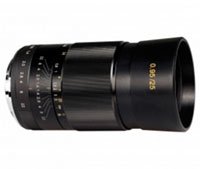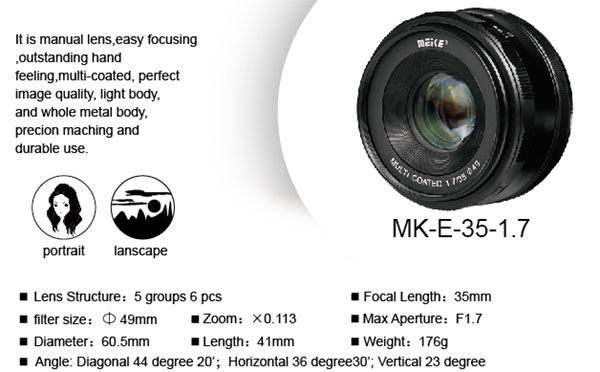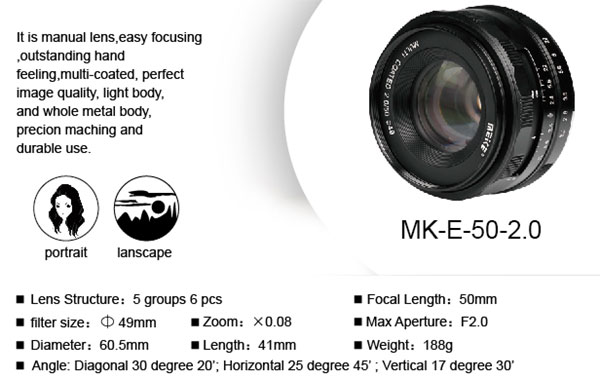Steve McCurry has responded to the recent hoopla surrounding his Photoshopped photos. The famed photographer explains that he's now a "visual storyteller" rather than a photojournalist, but says he will "rein in his use of Photoshop" going forward to remove any confusion.
Jason P. Howe is a self-taught photographer who started documenting the conflict in Colombia starting in 2001. Since then, he has traveled to many countries around the world, documenting conflicts on the front lines. "Hoka Hey" is an upcoming documentary film about Howe's life and work.
As the world's fastest land animal, the cheetah's body is designed for speeds up to 70 mph (~113 km/h). To see what these breakneck sprinting speeds look like from a cheetah's point of view, a zoo recently decided to strap a GoPro camera to one cheetah's back.
Much has been written about the Steve McCurry Photoshop scandal since we originally reported on the story earlier this month. The NPPA Ethics Committee writes that the new revelations have "triggered a troubling reexamination of McCurry's storied 40-year career."
The sketch comedy group SketchShe made this humorous short titled "#InstaFaker Vs #InstaReality." Viewed over 70 million times so far online, the video shows the reality behind picture-perfect photos posted with cliche hashtags. Does this …
Mailers are a popular way to self-promote as a photographer, but too often the promos go directly from the mailbox to the trash can. When his studio partners suggested printed mailers a few months ago, …
Steve McCurry is, perhaps, one of the most iconic names in the National Geographic pantheon. A travel photography giant, his vibrant images have inspired millions, but he's recently come under fire over Photoshop use after a botched print at a show in Italy was found to have a serious issue.
During the Podbrdská Rally Legend 2016 rally car event earlier this month in the Czech Republic, driver Martin Kdér had a rollover accident while taking a turn. His onboard dash cam dropped out of the car during the accident, and it ended up capturing an unexpected shot of the car flying through the air.
Nikon may be planning to get serious about mirrorless cameras, and soon. Online 'chatter' about the camera is beginning to increase, and Nikon officially registered a new digital camera in Indonesia just yesterday.
Lightning strikes are usually so brief that their tiny details aren't noticed by the human eye. Capture lightning at 7,000 frames per second, however, and all kinds of crazy details emerge. That's what you'll see in the 45-second video above.
The Drawing Room created this 8-minute mini-documentary about the work of photographer Lori Nix and Kathleen Gerber, a duo now known as Nix+Gerber. They're widely known for creating and capturing ultra-realistic miniature worlds.
In space, you don't need a tripod or selfie stick to shoot a remote self-portrait. Nikon Iran recently posted this video of an astronaut in zero gravity placing his Nikon DSLR at arms length and then using the floating camera to snap a shot.
I have to admit, when I first started my photography business I didn't think it was going to be that difficult. I thought I'd get a camera, take some photos, put some stuff out on Facebook and people would start hiring me. They would give me money, I would give them photos—done deal! How tough could it be?
The Dallas Museum of Art is currently running an exhibition titled "Irving Penn: Beyond Beauty," the first retrospective of Penn's work in nearly two decades. If you're unable to see the show, which contains over 140 of the late photographer's photos, check out the fantastic 13-minute video above by The Art of Photography.
Jens Lennartsson is a photographer and writer who travels the world to tell stories. In the 2.5-minute video above, he shares how he creates all of his work with what he calls "the smallest photo office in the world."
AP photographer Ben Curtis recently captured a photograph seen round the world. A brutal and shocking image that has sparked outrage and forced Kenya's police chief to launch an internal investigation. (Warning: Some of the content in the video above is graphic. Proceed at your own risk.)
Congratulations are in order for all of us couch potatoes: thanks to four incredible, dedicated sherpas, we can now 'climb' to the top of the tallest mountain on Earth from the comfort of the nearest recliner.
Want to see what kind of work goes into turning a masterful photograph into an iconic print? Pablo Inirio, the master darkroom printer who works at Magnum Photos' New York headquarters, has personally worked on some of the cooperative's best-known images. A number of his marked-up darkroom prints have appeared online, revealing the enormous amount of attention Inirio gives photos in the darkroom.
Here's episode 76 of the PetaPixel Photography Podcast. You can also download the MP3 directly and subscribe via iTunes or RSS! Leave a comment in this post, or use our voicemail widget for feedback/questions for the show.
The Canon 5D Mark IV is one of the most anticipated DSLR releases on the horizon, and yesterday we got our first peek at what kind of specs the full-frame SLR may be sporting when it finally makes its debut in about 4 months.
Source: Nikon May Be Working On a 'Large Sensor' Mirrorless Camera: Report
 Early this year Nikon announced their new lineup of compact cameras that falls under its DL family. The cameras were originally pegged for a release in March, but it seems that they still have yet to be released, and now a report from Mirrorless Rumors has revealed that would-be customers will have to wait even longer.
Early this year Nikon announced their new lineup of compact cameras that falls under its DL family. The cameras were originally pegged for a release in March, but it seems that they still have yet to be released, and now a report from Mirrorless Rumors has revealed that would-be customers will have to wait even longer.






























